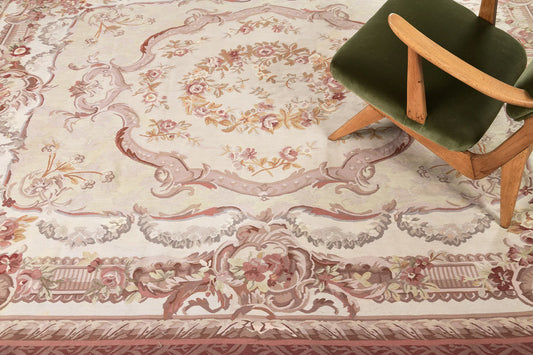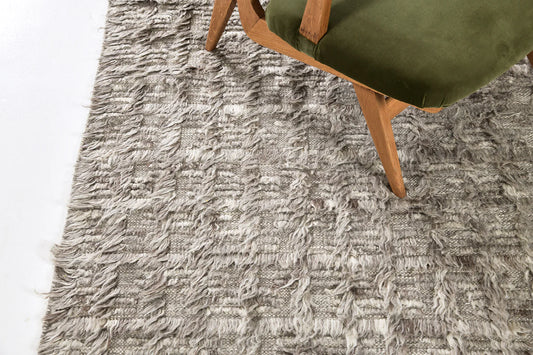Designing with Persian rugs is a style that invokes the rich cultural heritage of Iran, and the opulent and intricate design elements found in Persian art, architecture, and textiles. This style is characterized by a focus on luxury, elegance, and sophistication, and is often associated with high-end homes and luxury hotels.
One of the most prominent features of Persian style is the use of bold colors and patterns. Persian rugs and textiles, in particular, are known for their intricate designs and vibrant color palettes and are often used as the focal point of a room. Other decorative elements commonly used in Persian-style interior design include ornate tile work, complex wood carvings, and detailed metalwork.
In the realm of high-end decor and luxury interior design, few items can match the elegance and sophistication of a Persian-style rug. These rugs are renowned for their intricate patterns, rich colors, and exceptional quality, making them the perfect addition to any upscale space.
Why are Persian rugs so unique?
Persian rugs are handcrafted by skilled artisans using techniques that have been passed down for generations. Each rug is a unique work of art, featuring elaborate designs and rich, vibrant colors that are achieved through natural dyes. The wool and fibers used in these rugs are of the highest quality, ensuring that they are both durable and comfortable to walk on.

Decorating with Persian rugs
There are several ways to incorporate Persian-style rugs in home decor. One option is to use a Persian rug as a statement piece in a room. A rug with a bold pattern and vibrant colors can become the perfect focal point of the space. This works particularly well in rooms with neutral or monochromatic color schemes, as the rug can add a pop of color and texture that brings the room to life.
Another way of using a Persian-style rug is to layer them with other rugs or textiles. This creates a cozy and inviting atmosphere, while also adding depth and dimension to the space. For example, Persian rugs can be layered on top of a larger, neutral-colored rug in a living room or bedroom, or they can also be used over a table or thrown over a sofa or chair to add texture and warmth.
Another alternative is to layer several smaller rugs in a hallway or staircase to create a cohesive look. Just make sure the rugs complement each other in terms of color and style.
For a bolder look, Persian rugs can also be used as wall hangings. This is a great option for large, open spaces that need visual interes
A Persian-style rug is a versatile piece that seamlessly integrates with a variety of design styles. Though striking on its own, it truly comes to life when paired with other decor elements. In a space with neutral walls and furniture, a Persian rug featuring vivid colors and an elaborate pattern serves as a dynamic focal point. Conversely, in a space with abundant visual stimuli, a rug with a subdued color scheme can restore balance and order. But if an eclectic maximalist approach is in order, a Persian rug is a bold choice
Persian design is known for its balance of symmetry and asymmetry, as well as its use of organic shapes and natural materials. The overall effect is a space that feels opulent, yet welcoming and comfortable. Choosing a Persian-style rug that complements the decor, mixing and matching patterns and textures, layering rugs, and using the rug as a focal point can create a beautiful and welcoming space that reflects each personal style.






